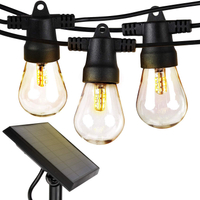7 ways to protect your home from termites
Warmer weather brings an influx of termites, here’s how to avoid them getting inside your home
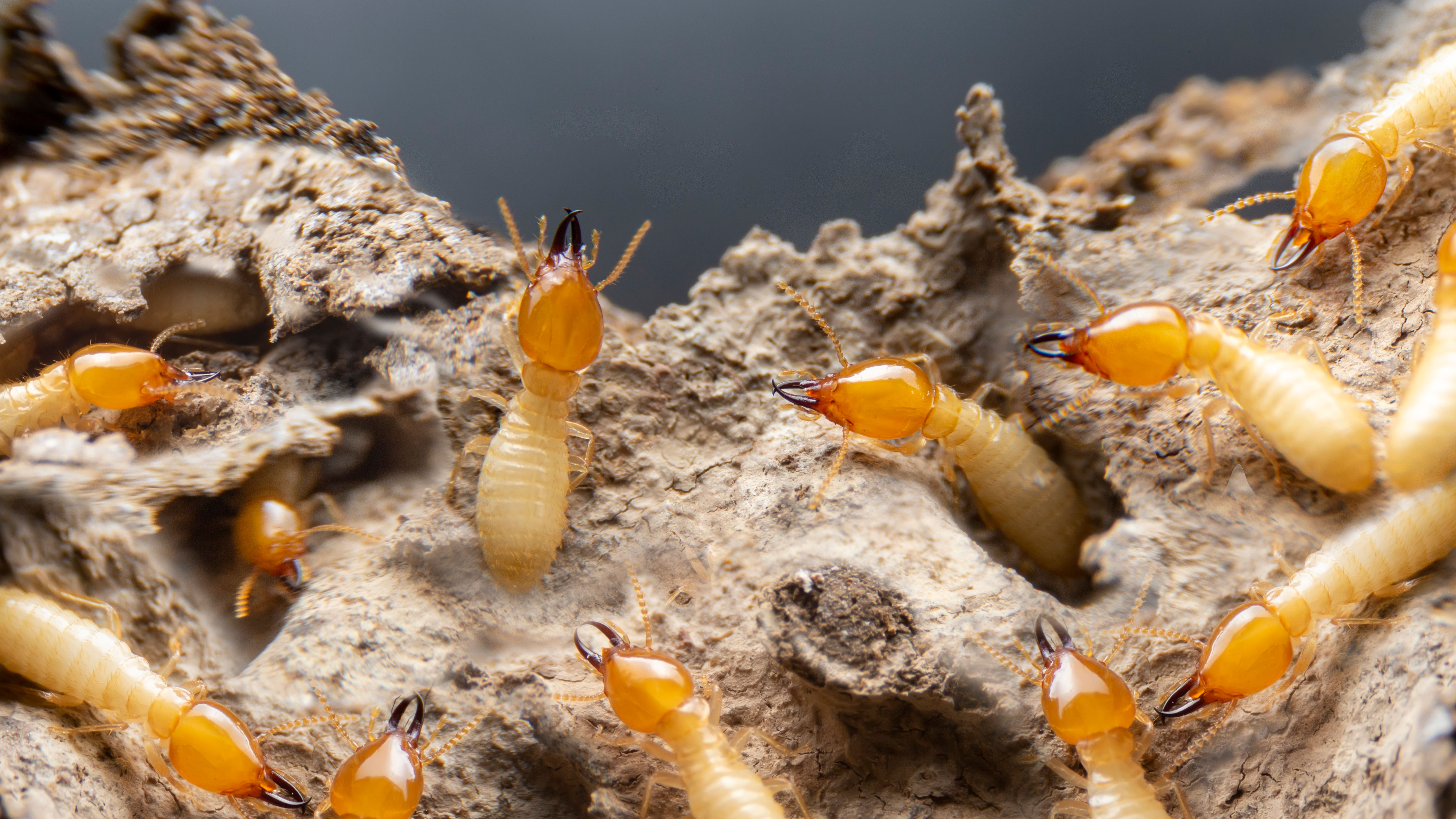
Springtime is a wonderful time of year for upgrading your yard and refreshing your home, but it also unfortunately marks the beginning of termite swarming season. Termites are small, but highly damaging pests that feast on wood causing a serious problem for homeowners. The structural damage they can cause can be devastating and when they gather in swarms, it can happen really quickly.
Determining a termite swarm infestation as early as possible is key and there's 7 telltale signs you have termites in your home. But, protecting your house from termite swarms before they even get a chance to infest your home is even better.
You may be wondering if your home is at risk of termite swarming. Well, yes. Every home is. But, there’s fundamental preventative measures you can take to deter the termite swarm away from your home and off to somewhere else. That’s why we’ve collated a list below with 7 tips to shield your home from termite swarming season.
What is termite swarming?
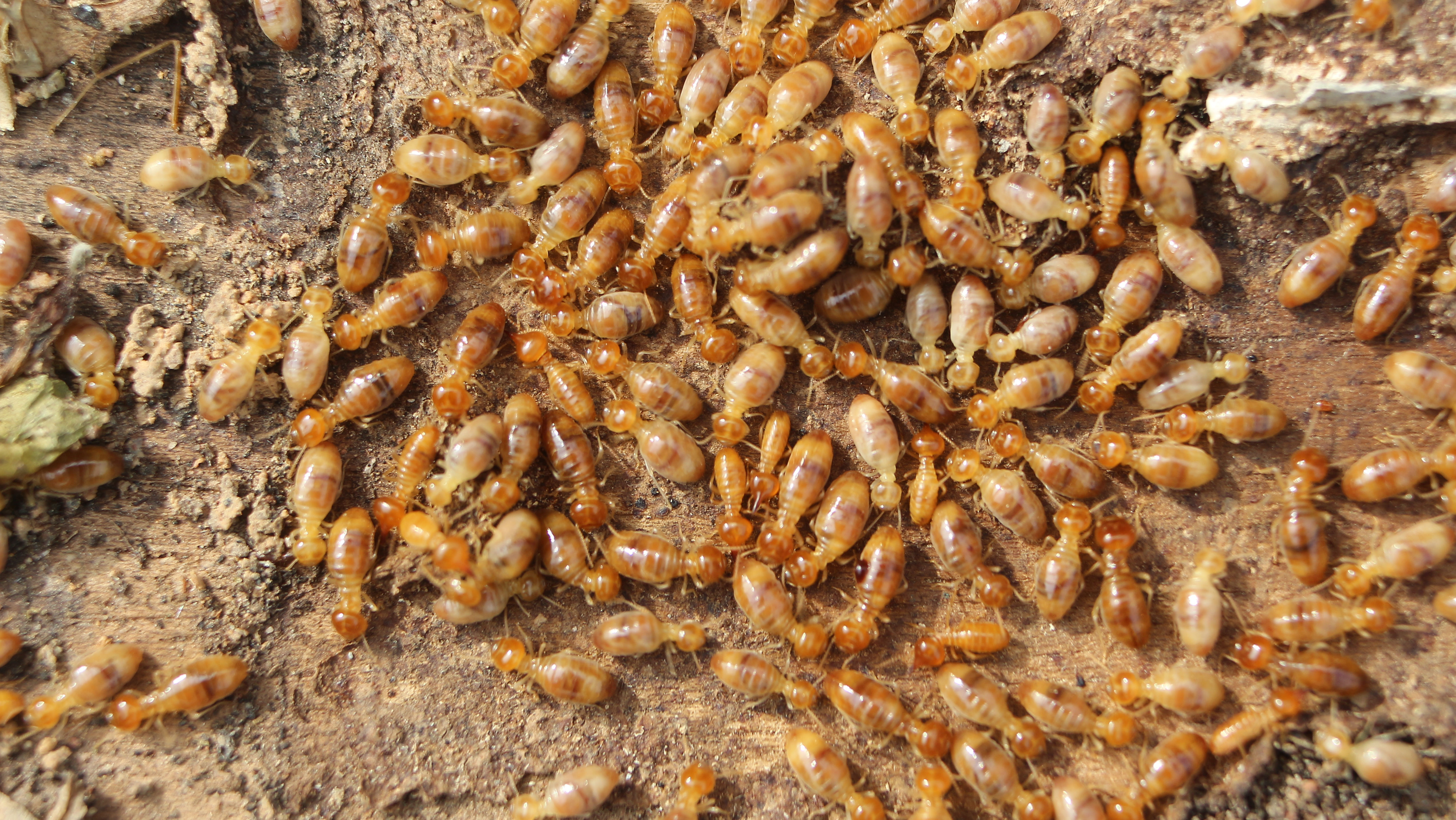
Termites fly around in large swarms as they search for a new place to call home. When they arrive in a place full of wood for them to eat, they stay, build a colony, and reproduce. A swarm can be made up of hundreds of thousands of termites and whilst the swarm itself isn’t damaging, the colony they go on to create can destroy your home.
The warmth is when they thrive and spring season, around March, is the official start of termite swarming, carrying on until around October time. If you live in a warmer state, such as South Carolina, termite swarming may well be a problem for you all year round. These winged pests will swarm and burrow into and wood they see fit to form their colony.
1. Trim shrubs

Overgrown shrubs are one of the termite’s favorite places to breed. There’s plenty of moisture and cellulose within the plants, so if they’re overgrown, you’re offering a very appealing spot for a termite swarm to be drawn to. So, our first tip is to trim down the shrubs around the exterior of your home.
Ideally, you want to make sure your shrubs and bushes are at least six inches away from your exterior walls at all times. Otherwise, the plants work as a gateway for termites to find their way into your home. If they’ve got a bridge between the shrubs and your home, they’ll use it to gain entry. Keeping them trimmed down and making sure there’s distance between your foliage and your home is essential. Make sure you're not making these 7 mistakes when trimming a hedge.
Sign up to get the BEST of Tom's Guide direct to your inbox.
Get instant access to breaking news, the hottest reviews, great deals and helpful tips.
2. Turn off lights

Insects are drawn to the light and that statement remains true for termites. In the spring and summer months, if termites come across a light in the dark, they’ll fly towards it. If a termite swarm is passing by during the night and they spot exterior lights, and sometimes even interior lights, you may be drawing them in without even realizing.
Turn off outside lights and even inside ones, whenever you can. If they can’t see your home, they’ll more than likely fly off elsewhere. Termites will swarm around your porch lights, lights reflecting from the inside, and motion lights so keep them off when the sun goes down for a better chance at avoiding them settling in.
Brightech Outdoor String Lights: was $47 now $27 @ Amazon
Nothing adds outdoor ambiance like a killer playlist and the very best solar lights. This outdoor-rated pack is built with shatterproof plastic bulbs that are currently 42% off at Amazon. Plug them in when the sun sets and enjoy 27 feet-worth and up to six full hours of a soft, white glow. The super-bright alternatives, however, are also featuring discounts.
3. Reduce moisture
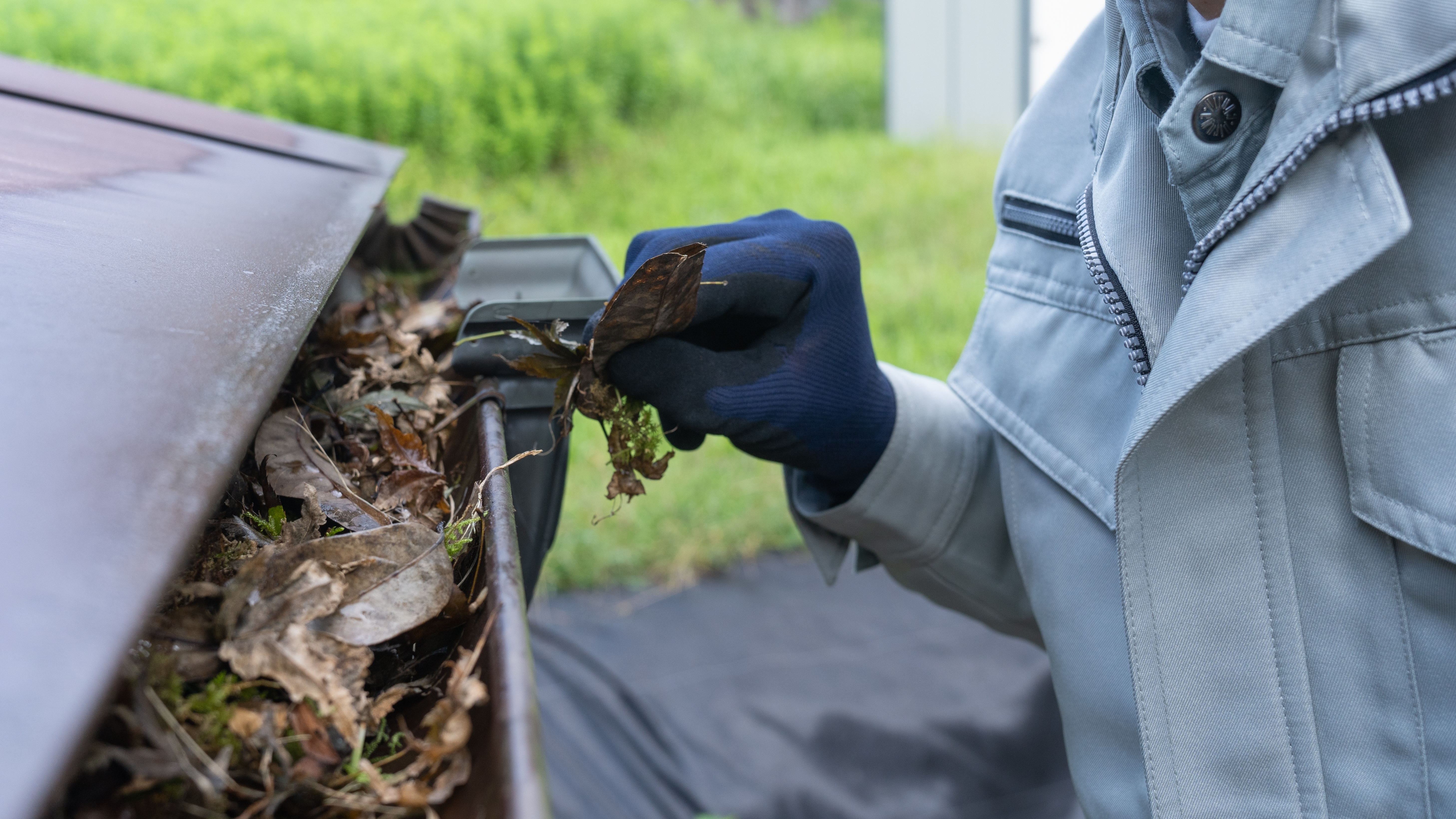
Termites love lights, but they also really love water. If you want to prepare your home to deter a termite swarm, you’ll need to keep on top of maintenance when it comes to leaky pipes, busy gutters, and unnecessary build-up in drains. Firstly, make sure that your drainage is pointing away from your home and isn’t causing water to pool. Termites love standing water and moisture, so eliminating those sources is key.
Then, check the perimeter of your home, especially any crawl spaces, for damage or problems that may be causing excess water. Check your sprinklers to make sure they’re not pooling water in your yard and set out repairing any leaks, cleaning out your gutters, and making sure any drainage systems are diverting correctly away from your home.
4. Remove food sources
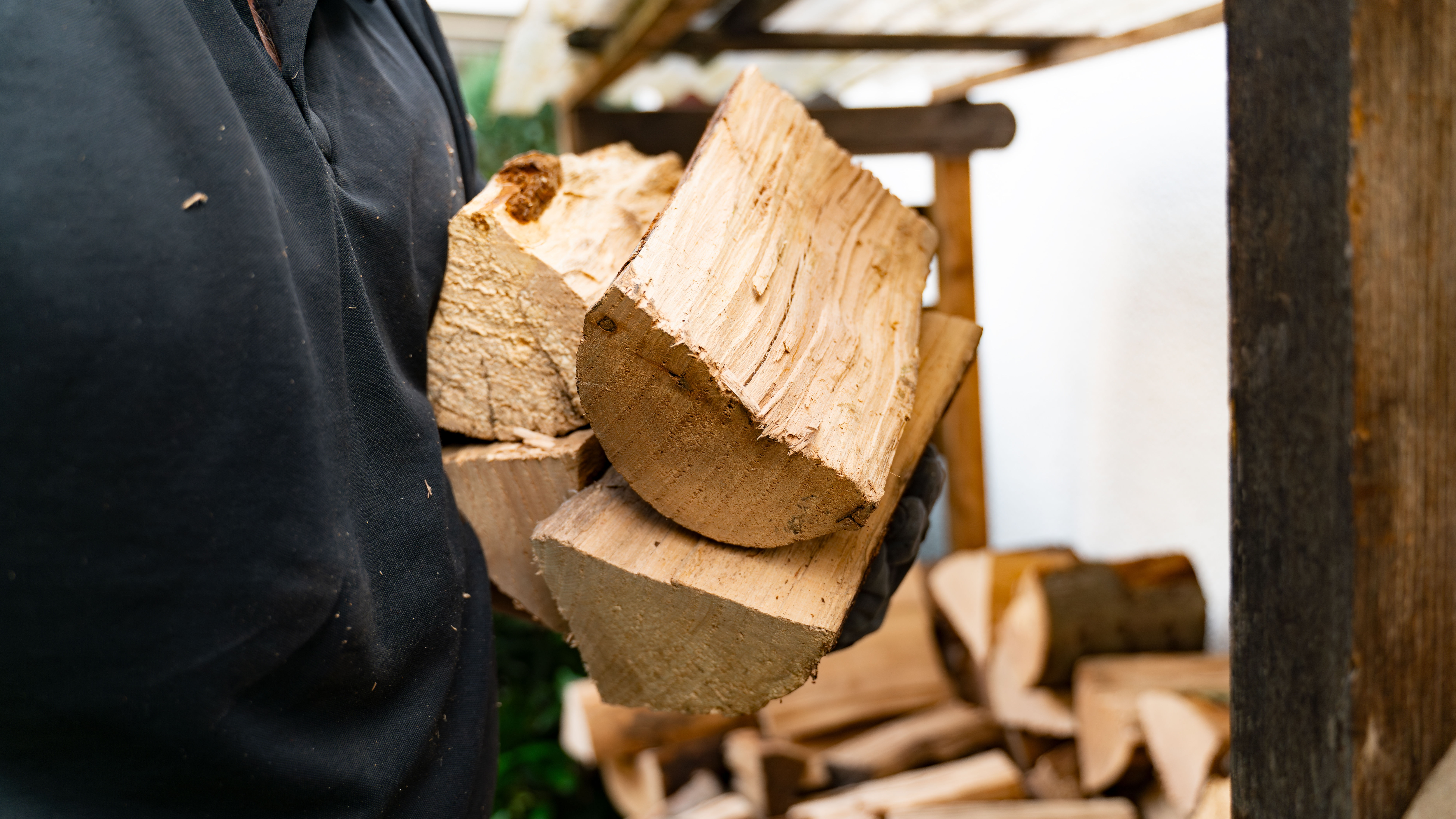
Another great way to prepare your home for a termite swarm is to ensure you’re removing any food sources that termites are attracted to. Termites love mulch and wood, so making sure you get rid of excess amounts of any of these items around your home is key preparation. Most of a termite’s diet is made up from eating wood to get to the cellulose. No surprise then that if you’re providing termites with more opportunity to get cellulose, then they’ll come to visit in their swarm.
If you’re storing firewood, make sure it’s off the ground and away from the exterior walls of your home. If you’re allowing termites to gain access to your firewood, they’ll be living on it when you eventually move it inside. Dead or rotting wood is especially alluring to termites, so any dead tree stumps or other unused wooded areas like old sheds or spare lumber should be removed.
5. Repair holes or cracks in foundation
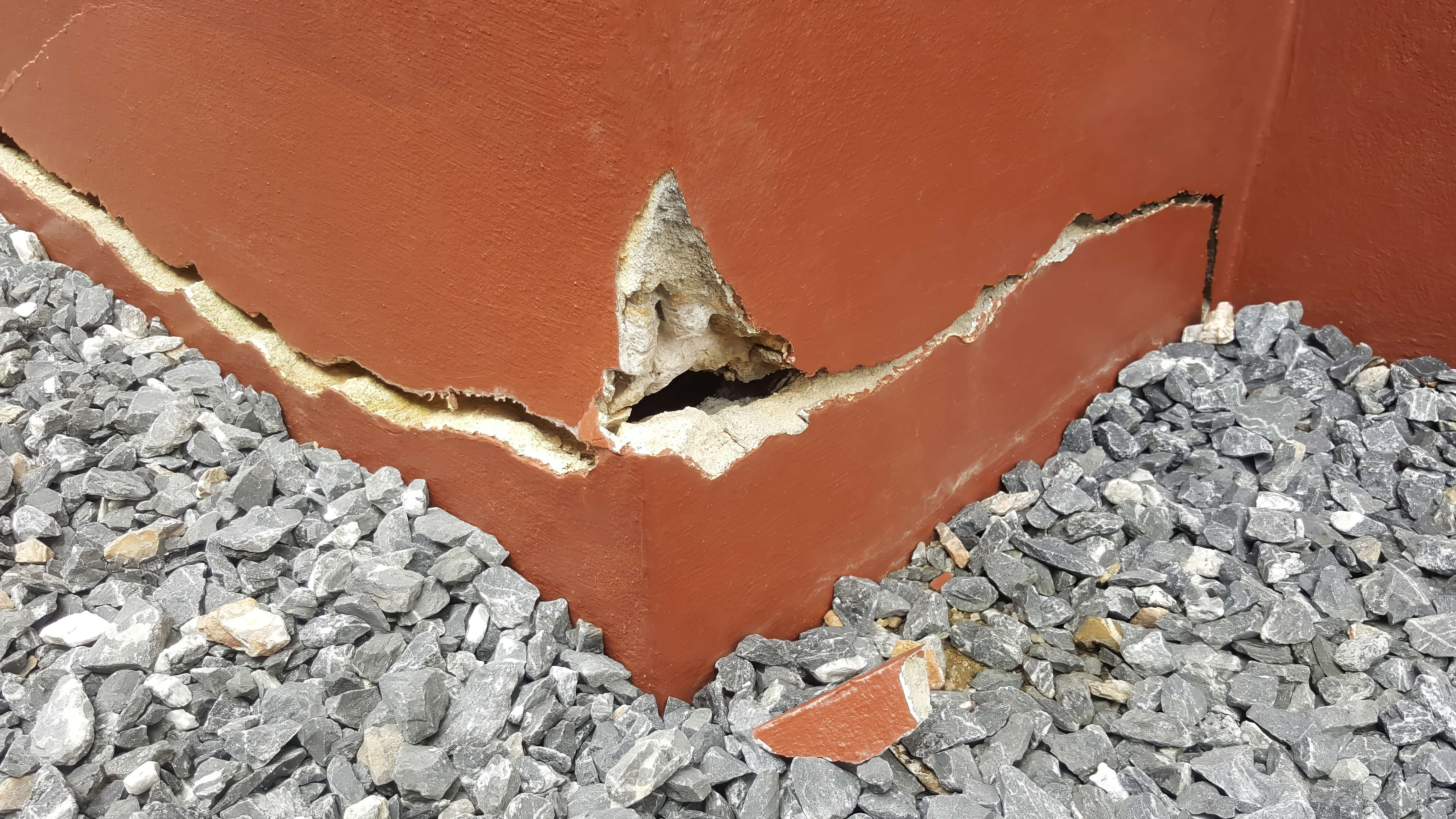
Doing a perimeter check of your home’s foundation and sealing any cracks or holes you find will eliminate an entranceway for termites. While termites themselves cause damage, it can be even more devastating if they’ve utilized a weakness in your home to get into the core of how your home is built to feast from within.
If you’ve got any ductwork or vents around the exterior of your home, you should consider sealing them off with a stainless-steel woven wire mesh to stop termites getting into your home. If they see an opportunity to get inside, they’ll take advantage of it.
6. Use plants that termites hate

There’s certain plants that you can place around your home that will deter termites with their scent or by attracting other predators that they want to avoid. Consider planting these natural insect repellents; catnip, marigolds, lemongrass, vetiver grass, mint, and garlic. These plants are in good company amongst the 7 best pest-resistant plants for a bug free yard and will do the hard work for you.
You’ll also find these are plants that are great at repelling wasps, snakes, and roaches. Dragonflies, spiders, ants, and ladybugs are some of the beneficial insects you might want to consider luring to your yard as they’ll feast on the termites too.
7. Schedule a home inspection

If you’re worried that you’re not doing a thorough enough check for termites, live in a particularly termite-infested area, or fear you may have found termites or signs of damage, scheduling in a home inspection by a termite specialist is advised.
The general advice is to schedule one of these in on an annual or biannual basis as it’s quite hard to determine whether you have a problem and sometimes, it can be too late. Termites are sneaky pests that can creep into the cracks of your foundations without you even knowing. So, to get ahead of the problem, sometimes scheduling in a professional is your best bet.
More from Tom's Guide
Grace is a freelance journalist working across homes, lifestyle, gaming and entertainment. You'll find her writing for Tom's Guide, TechRadar, Space.com, and other sites. If she's not rearranging her furniture, decluttering her home, or relaxing in front of the latest streaming series, she'll be typing fervently about any of her much-loved hobbies and interests. To aid her writing, she loves to head down internet rabbit holes for an unprecedented amount of time.
